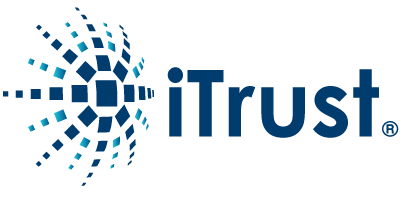
What Is Third-Party Risk Management?
Third-party risk management is sorely needed in many industries. In essence, third party risk management is something that a company does to identify and manage risks to their organization that comes from outside third parties, such as contractors or vendors. These risks may present themselves in many ways, including physical, legal, or financial.
Risk management helps you engage in risk identification, minimization, and planning, in case of a third-party threat to your organization.
Why Do You Need a Third-Party Risk Management Framework?
There are many reasons why this type of risk management framework is vital:
- Legal protection. If you have an event at your organization that results in injury or loss, you may be legally liable. Failure to have created adequate risk management controls may lead to legal actions, including civil judgments or criminal charges.
- Employee recruitment and contract selection. The field of risk management has come a long way, and many organizations and individuals will now refuse to work with a company if they do not have a robust vendor risk management framework in place.
- Self-protection. The risk management framework is not just for show -– it should help to protect you, your organization, and all engaged third-parties. Having this type of framework can help to protect all parties involved from injury or financial loss.
How Do I Select a Third-Party Risk Management Framework?
Every company will have a different answer to this question. However, there are some general steps that you and your organization can take:
- Identify all potential framework options, including creating your own or hiring an outside vendor to do the work.
- Confirm your budget for this framework, including time, staff, equipment, and financial resources that can be devoted to this project.
- Speak with all engaged parties within your organization to determine what a good third-party risk management framework will look like.
- Consult with legal and risk management staff to make sure that any framework you create complies with all relevant regulations and laws.
- Obtain a list of all outside vendors to whom this policy may apply, then identify the possible risks that these vendors may present to you and your organization.
- Working with all involved parties, create the metrics by which you will evaluate the best potential framework. From there, make your final decision about how to establish this framework.
Creating an Effective Vendor or Third-Party Risk Management Framework
Creating an effective vendor risk management framework is not an easy task. In many cases, you may not have the resources to manage this process internally.
As such, you may have to look outside of your company for expertise. That may be a good idea anyway, as a third party vendor may be better at identifying risks or gaps in your processes that you are not objective enough to see.
Once you complete the above steps, you should be ready to create this framework. However, remember, a framework is only effective if you can enforce and manage it. That requires constant monitoring and internal auditing to ensure that the framework created is being effectively enforced and utilized.
As such, make sure you also establish a process to regularly monitor the risk management framework and ensure that it is being faithfully adhered to. That can help to ensure that the processes you have worked so hard to establish are truly as effective as you need them to be.
